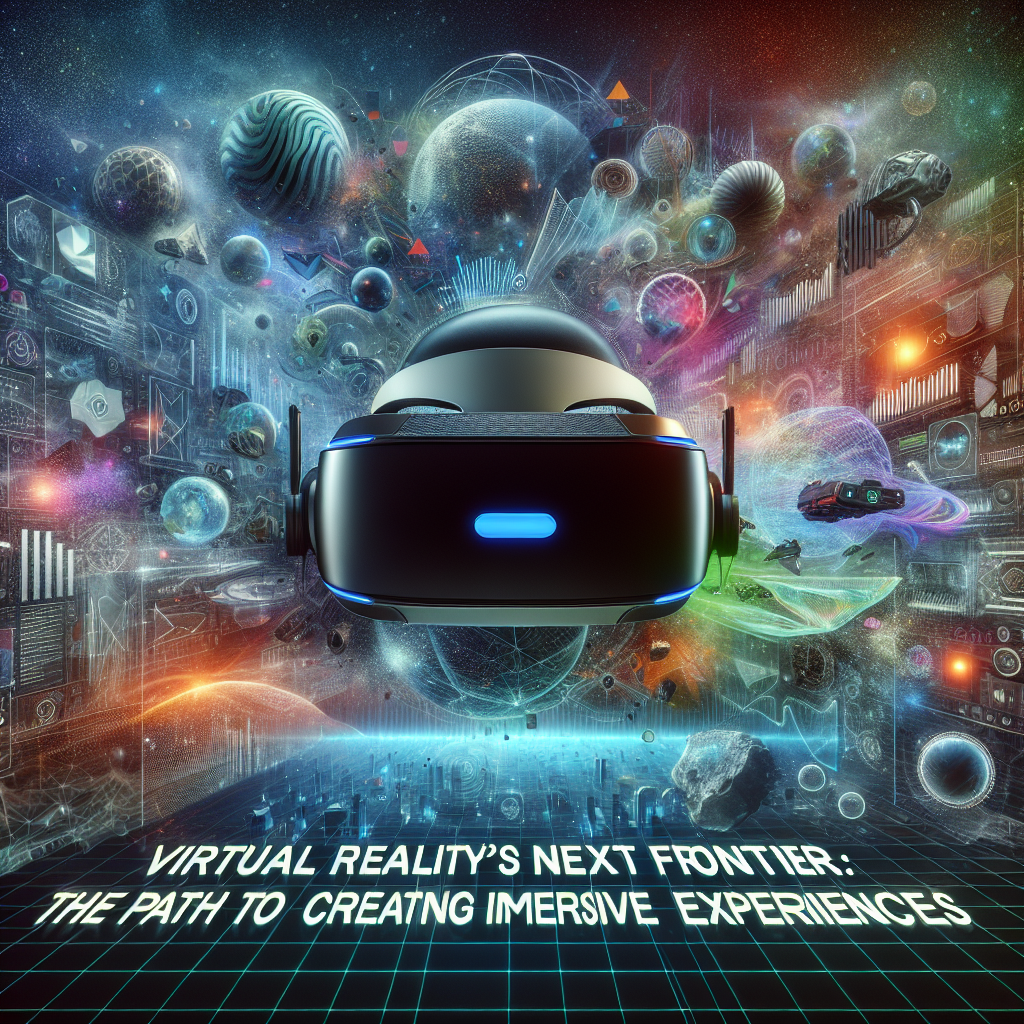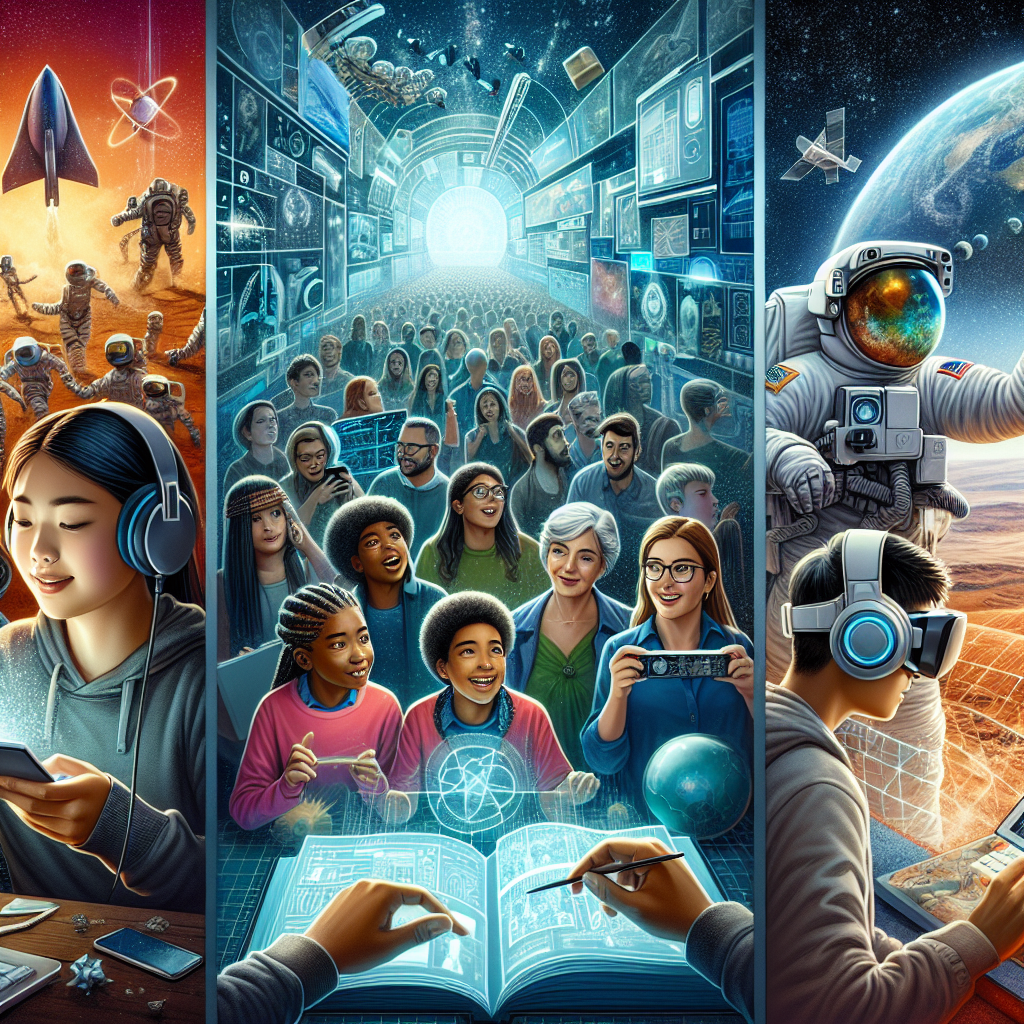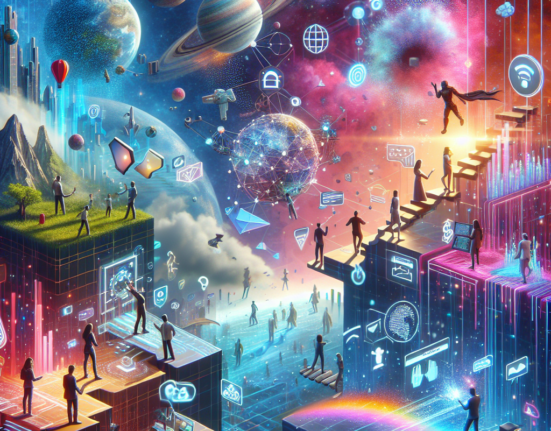Title: Virtual Reality’s Next Frontier: Charting the Path to Immersive Experiences
In recent years, virtual reality (VR) has evolved from a niche technological curiosity to a burgeoning industry with the potential to transform various sectors, from entertainment and education to healthcare and real estate. Despite its rapid growth, the current state of VR still feels like the dawn of a new era. The quest to create truly immersive experiences that seamlessly blur the line between the digital and physical worlds marks the next frontier for VR — a journey filled with challenges, innovation, and promise.
The State of VR Today
Before exploring the future, it’s important to understand where VR stands today. Current VR systems, like the Oculus Quest series and HTC Vive, offer users tether-free experiences with remarkable visual and spatial accuracy. Gaming remains the chief application of VR technology, with immersive titles that transport players to fantastical worlds. However, other industries are increasingly embracing VR for applications such as virtual tours, remote training, and creative collaboration.
Yet, these experiences are far from perfect. Issues such as motion sickness, limited interaction capabilities, and short battery life illustrate the gaps that need to be addressed. The development of more sophisticated hardware and software is critical to unlocking the full potential of VR.
The Pursuit of Immersion
The holy grail of VR development is achieving a state of full immersion — a level of engagement where users lose awareness of the artificial nature of the environment. To reach this goal, several key developments must be realized:
-
Enhanced Sensory Feedback: Achieving full immersion requires not just high-quality visuals, but a comprehensive sensory experience. Tactile feedback, or haptics, needs significant enhancement to simulate the sensation of touch. Companies like HaptX and TeslaSuit are already making strides in this area, developing suits and gloves that provide feedback mimicking real-world interactions.
-
Artificial Intelligence and Personalized Content: AI can play a crucial role in generating adaptive and responsive environments that cater to individual users. By predicting user behavior and preferences, AI-driven VR experiences can deliver personalized interactions, making each session unique and meaningful.
-
Improved Motion Tracking: Precise motion tracking is essential for reducing motion sickness and enhancing the realism of VR experiences. Emerging technologies, such as inside-out tracking and eye-tracking, promise to provide more accurate data with reduced latency, thereby creating smoother and more natural interactions.
-
Integration of AR and VR: The line between augmented reality (AR) and VR is becoming increasingly blurred. Mixed reality headsets, like the Microsoft HoloLens, combine elements of both, offering users an experience where they can interact with both digital and physical elements. The convergence of these technologies can facilitate richer, more versatile experiences.
- Social VR: As the metaverse concept gains traction, social VR platforms are emerging as potential catalysts for the evolution of digital social interactions. Platforms like VRChat and Meta’s Horizon Worlds aim to create community-driven virtual spaces where users can interact, collaborate, and create in ways previously confined to the realm of science fiction.
Challenges on the Horizon
While the potential of VR is immense, the path to full immersion is strewn with obstacles. Privacy concerns, especially with data-rich VR platforms, must be addressed to safeguard users’ information. Additionally, the high cost of entry for advanced VR systems remains a barrier for widespread adoption. For VR to achieve mainstream success, developers and manufacturers must work towards making the technology more affordable and accessible.
Moreover, developers must also consider the ethical implications of creating immersive worlds. Striking a balance between escapism and reality will be vital in ensuring that VR fosters positive experiences rather than becoming a tool for isolation.
Conclusion
The journey to creating immersive VR experiences is just beginning. With rapid advancements in technology and a growing interest across various domains, VR stands on the precipice of significant transformation. By innovatively addressing the current limitations and exploring new realms of possibility, VR has the potential to redefine how we interact, learn, and play, paving the way for a future where the virtual and real coexist in harmony. As we stand on the cusp of this new frontier, the responsibility lies with creators, technologists, and policymakers to shape a virtual world that is as equitable, engaging, and enriching as our physical one.














Leave feedback about this
You must be logged in to post a comment.